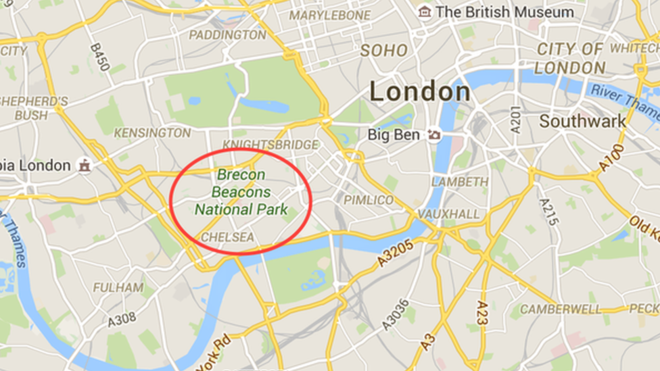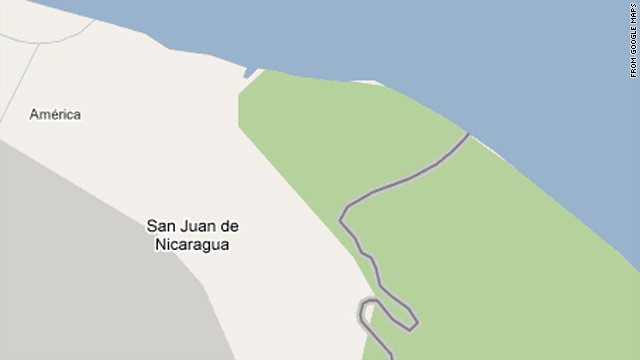New datum for Australia: catch me if you can!
 Sunday, July 31, 2016 at 8:14AM
Sunday, July 31, 2016 at 8:14AM In the US, we have revised our geodetic datum over the yearrs. Most famously the switch from NAD27 to NAD83 as instrumention necessitated more measurements and resulted in a more accurate model. But in Australia, they are creating a new datum because the continent is MOVING 7cm a year.
Read here: http://www.bbc.com/news/technology-36912700
Check it:
The Geocentric Datum of Australia, the country's local co-ordinate system, was last updated in 1994. Since then, Australia has moved about 1.5 metres north.
So on 1 January 2017, the country's local co-ordinates will also be shifted further north - by 1.8m.
The over-correction means Australia's local co-ordinates and the Earth's global co-ordinates will align in 2020.



